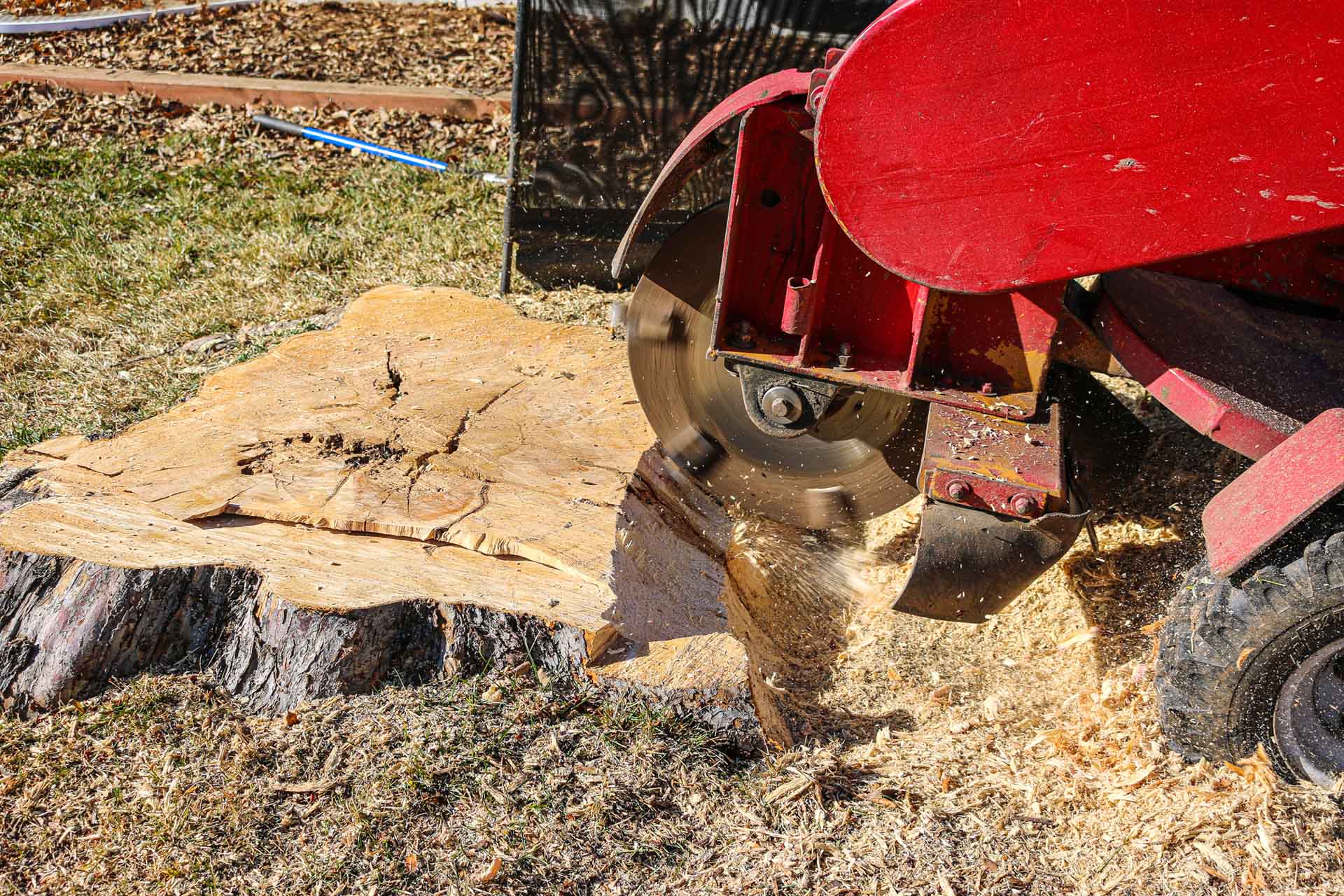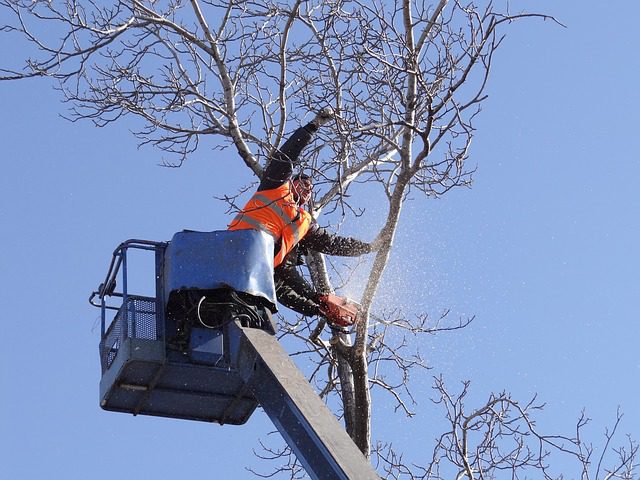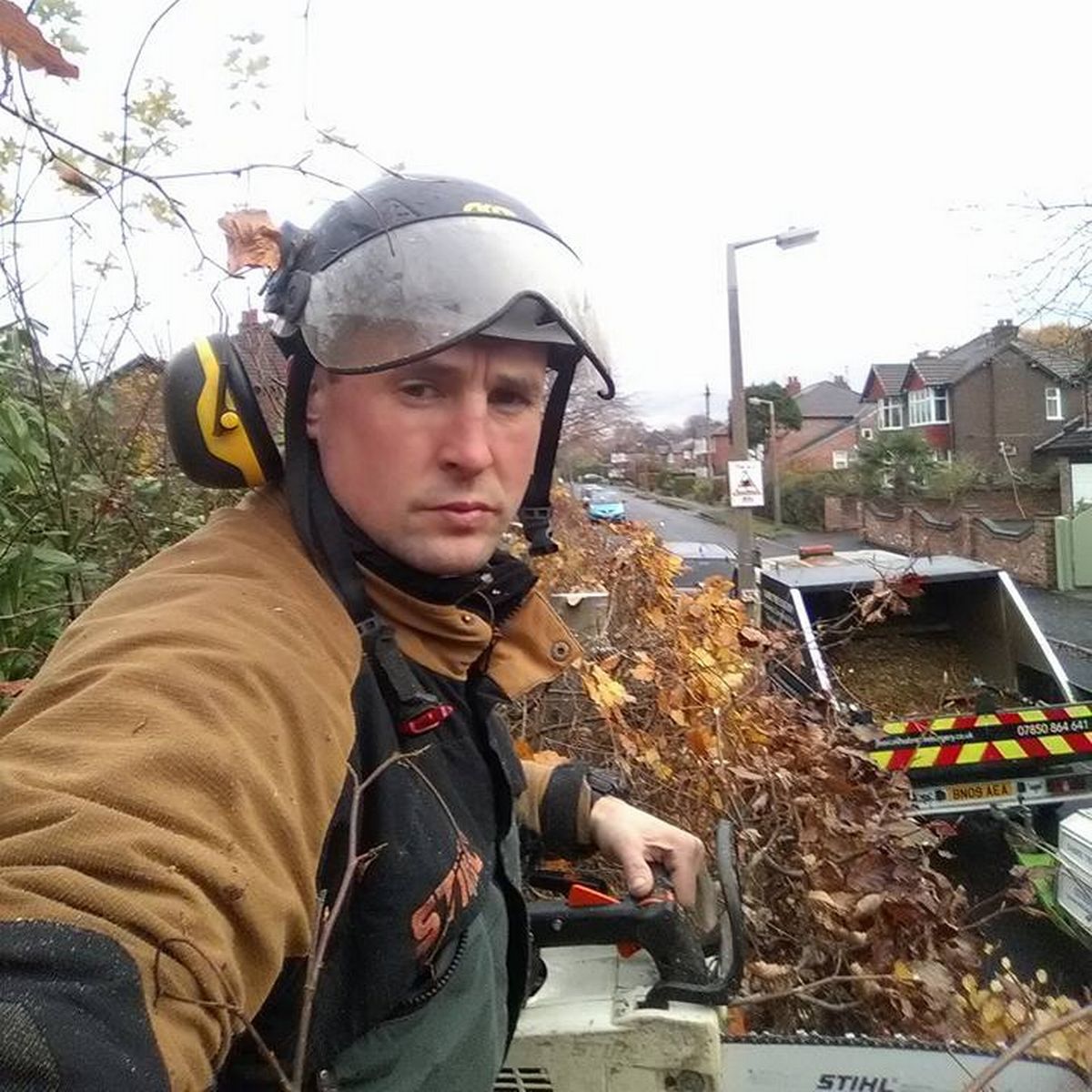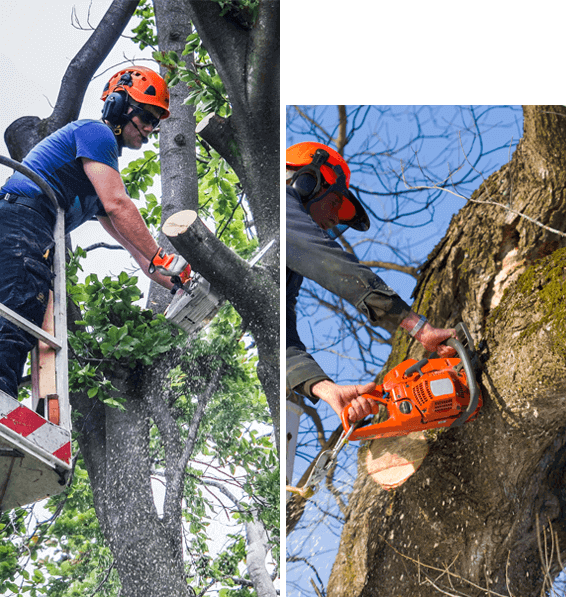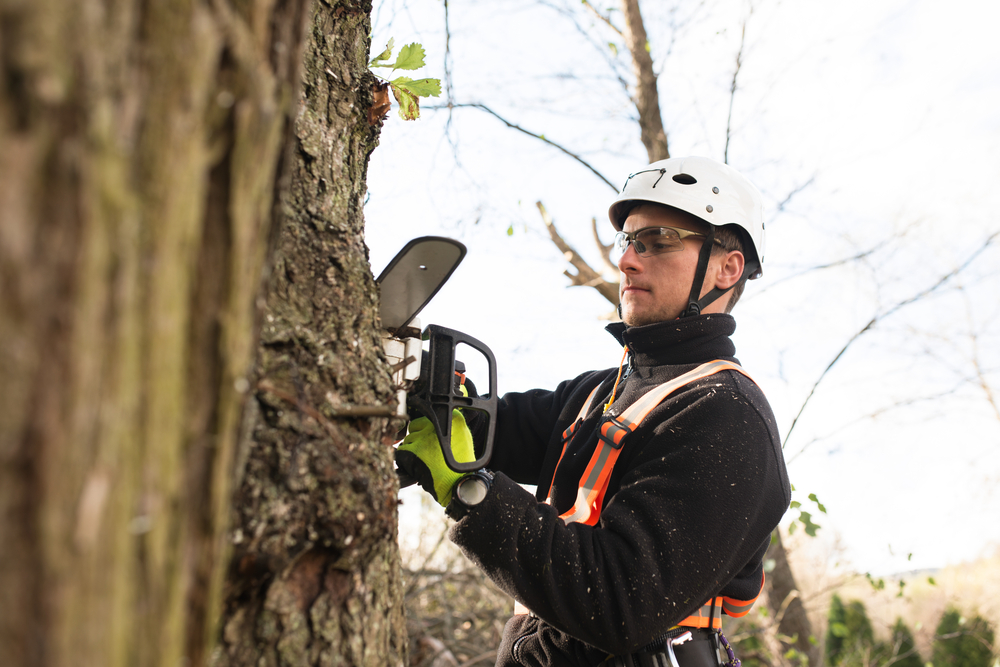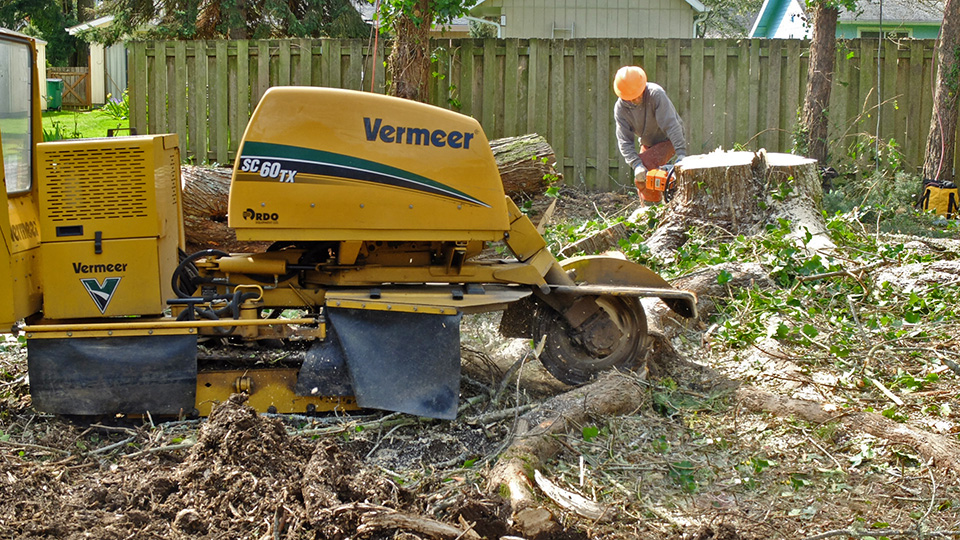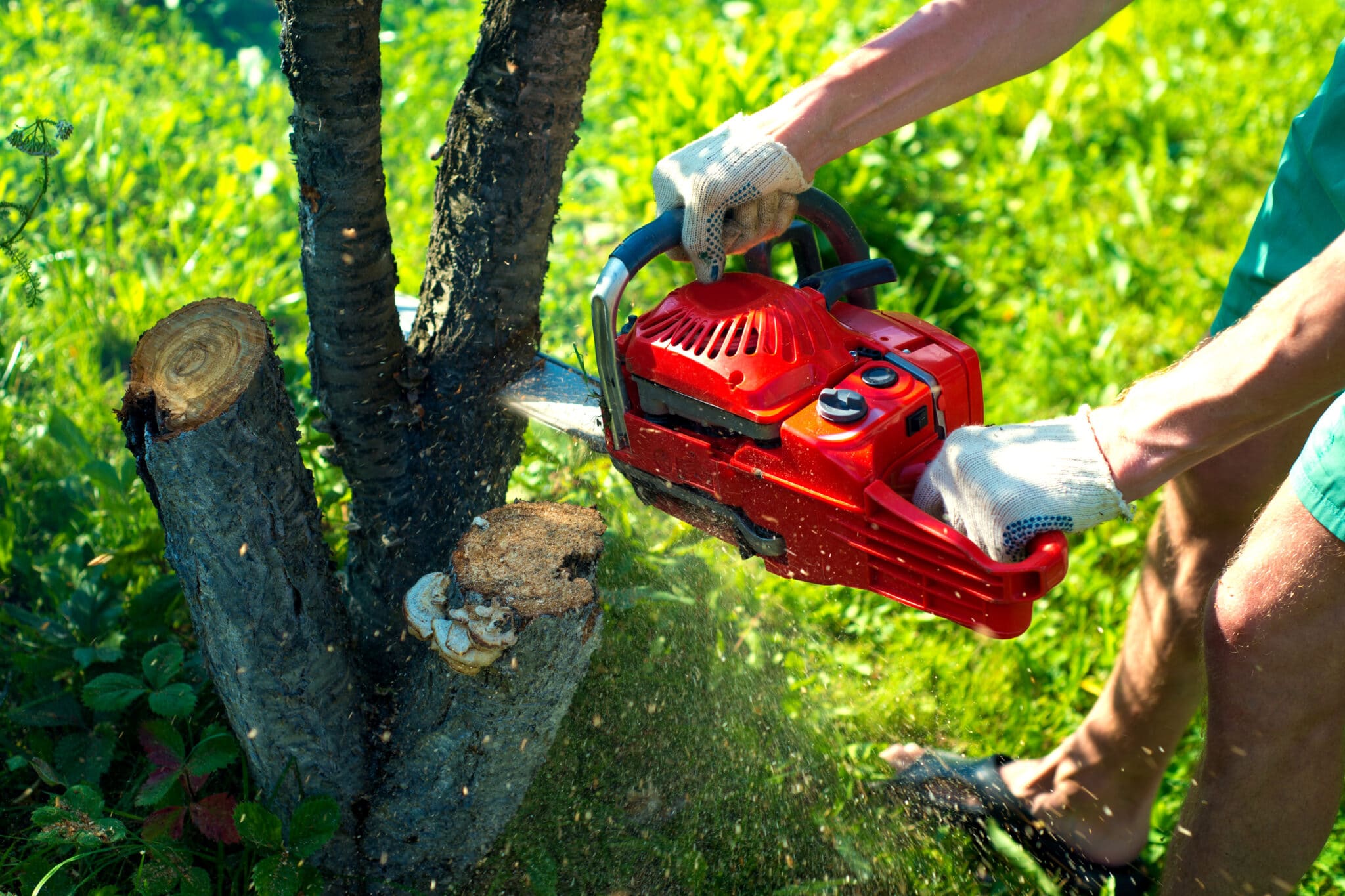[ad_1]
Stump removal
If you have a tree in your yard that has a large or dead stump, you may want to consider getting rid of it. The process of stump removal can be costly and time-consuming, but it can also be a useful tool to improve the appearance of your property. It can also help you to eliminate disease-causing pests. However, there are some things to keep in mind before you get rid of a tree.
Stump removal requires heavy equipment and labor. The stump is usually dug out and removed, leaving a huge hole. If you plan on replanting a tree in that same spot, you need to dig a deeper hole to avoid destroying the roots and foundation of the new plant. The stump will also attract unwanted insects, which will spread diseases to other plants. In addition, a rotten stump can cause a safety hazard to people.
Stump grinding is a cheaper alternative to stump removal. Using a stump grinder will allow you to have the wood chipped up into mulch and used as a mulch for flower beds or garden plants. Unlike chemical stump removal, this method does not damage the soil. It is also a more eco-friendly option. You can use the chips as a soil amendment or mulch, and they make a great addition to your yard.
Generally, the only difference between stump removal and stump grinding is the level of force that is needed to remove a stump. The more force that is used, the higher the cost of the process. Most property owners only go through the whole process when they clear a lot for building purposes. If your stump is located near a structure, it can be very difficult to remove.
Depending on the size of your stump and how deep it is, the cost of removal will vary. Some stump grinding machines can remove stumps as low as 18 inches below the ground. If you need a larger hole, a more powerful machine is required. The cost will also depend on the amount of tree stumps that need to be removed.
Before deciding which method of stump removal is right for you, you should consider your budget. If you have a big stump that needs to be removed, you can spend hundreds of dollars. If the stump is smaller, it may not be as expensive. In most cases, the best choice is to just have the stump grinded out. This process is less expensive and less time-consuming, and it leaves the root system intact.
There are several companies that offer stump removal services. Some offer a discount for multiple stumps. If you want to hire a company, be sure that you are aware of any hidden liabilities. You should also make sure that you have the right skill to handle the equipment.
When removing a stump, be sure to wear protective clothing. You will be working with a rotating blade, so you must be careful to avoid injury. You should also protect yourself from flying debris, such as nails and old fence posts. To keep the process safe, you should put up a safety barricade around the area of the tree stump.
[ad_2]
